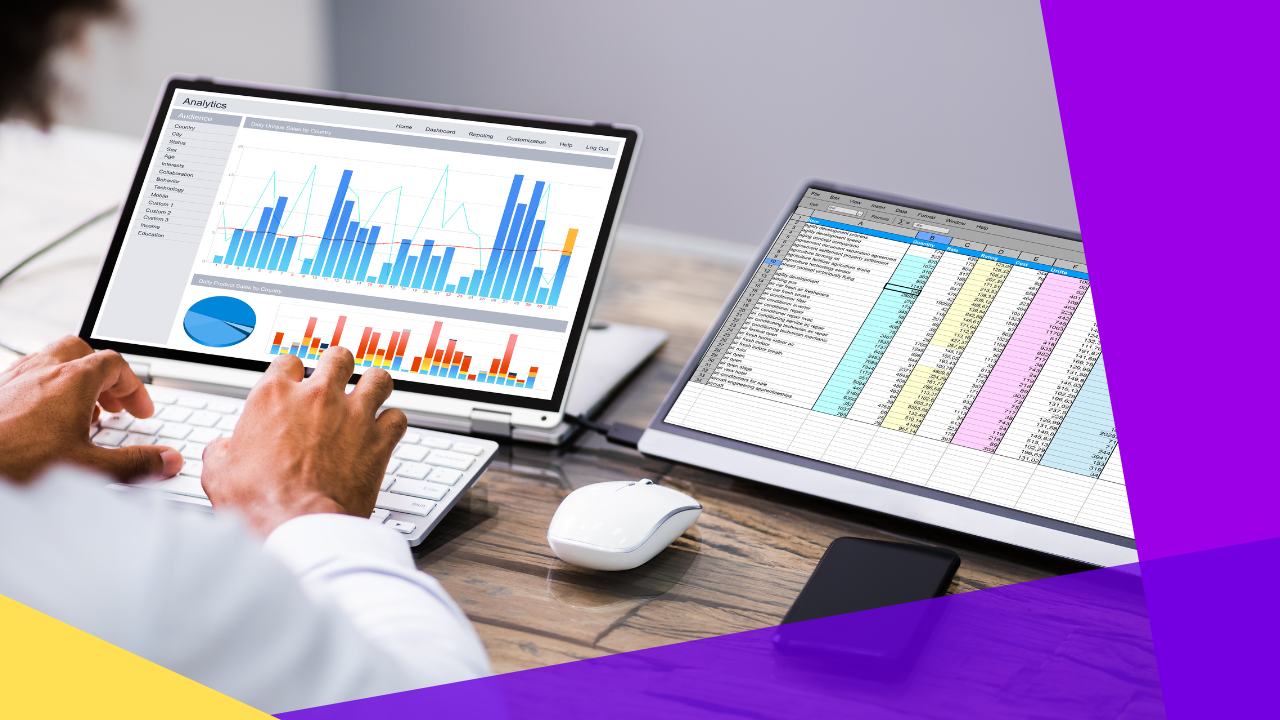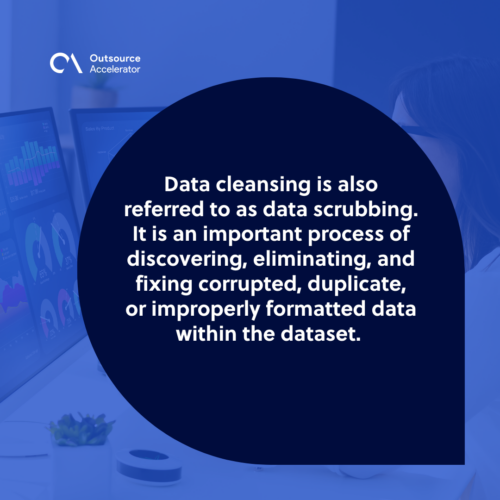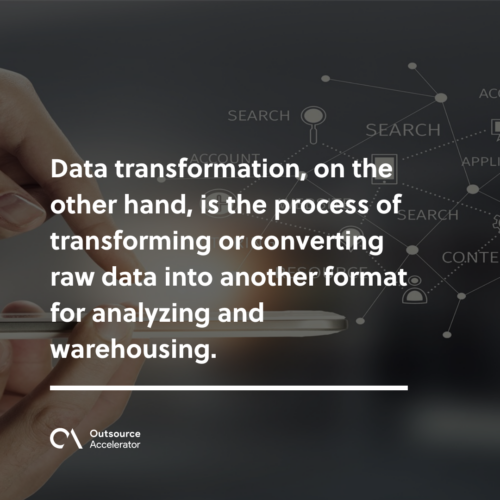Data cleansing vs data transformation: Its differences and importance

In today’s business world, large volumes of data are generated in day-to-day organizational operations. Data is crucial for businesses, and it is important to keep track of it to avoid data issues.
Therefore, data cleansing and data transformation are the key techniques to help businesses achieve these goals.
Organizations need to convert these large numbers of data into different formats in order to analyze and utilize the data relevant to make informed decisions.
Both techniques ensure that these data from different sources are accurately verified and systematically analyzed in a usable and user-friendly format.
Data cleansing and data transformation are the most important processes for businesses in maintaining quality data.
In this article, we’ll look at the differences between these processes, as well as the key steps for data cleansing and data transformation.
What is data cleansing?
Data cleansing is also referred to as data scrubbing. It is an important process of discovering, eliminating, and fixing corrupted, duplicate, or improperly formatted data within the dataset.
It is an initial step for data preparation to ensure that data is high quality and is qualified to transfer to a different data warehouse.
High-quality data is determined if this data is validated, accurate, complete, consistent, and uniform.
Typically, when combing multiple data sources, there are chances that these data will be duplicated or mislabeled.
If data is faulty and it appears to be correct, still, this can lead to inaccurate calculations and unreliable results and algorithms.
For instance, when a business collects data from survey forms from customers. Since it has come from different sources, there is a need for data cleansing to sort the data into a single format.

Steps for data cleansing
When data is processed and analyzed, it can help create business insights. The process of data cleansing depends on the type of data a particular company stores.
Here are the basic steps for data cleansing that businesses can follow:
Remove unwanted data
First, take a good look at the data and identify what is relevant and what isn’t. It is common to obtain irrelevant or duplicate data through data collection.
Usually, these unwanted data are insignificant or duplicate observations that do not fit into a specific issue one’s trying to analyze.
Thus, removing unwanted data makes the analysis more efficient and can help create a more manageable dataset.
Handle missing data
Another essential step for data cleansing is to deal with missing data. Missing data is quite a problem since many algorithms can’t accept missing values.
Missing data need to be identified and handled as soon as possible. Here are several ways to handle missing data:
- Drop or lose observations with missing values.
- Input the missing values based on the other observations. Be extra careful, as it might lose a portion of its integrity to your new dataset.
- Alter the way the data is used to accommodate the null values.
Fix structural errors
Structural errors include strange naming conventions, typos, syntax errors, incorrect capitalizations, misspellings, and incorrect word use.
These mistakes can lead to mislabeling classes or categories. For instance, an occurrence of displaying “N/A” and “Not Applicable,” should be analyzed as the same category.
Filter out data outliers
Outliers refer to the data points that differ significantly from other observations or the things that do not fit within the data in the analysis.
In data cleansing, it is important to have clean data before transferring it to another dataset. The existence of outliers doesn’t necessarily mean the analysis is incorrect.
Still, it is important to determine whether these outliers should remain or if they need to be removed to improve the performance of the data.
Validate data accuracy
Data validation is the final process that will help determine whether the data is high-quality. In this process, it answers the following questions;
- If data does make sense
- If it proves or disapproves theory
- If it has trends that serve as a basis for a new theory
- If it may indicate some data quality issues
“Dirty” data can lead to false calculations and flawed analysis, which might highly affect business strategy and poor decision makings.
What is data transformation?
Data transformation, on the other hand, is the process of transforming or converting raw data into another format for analyzing and warehousing.
Depending on the required changes, this process can be simple or complex. Some tasks involving data transformation include character set conversion, standardizing data, encoding handling, deleting duplicate data, and more.

Steps for data transformation
Once the data is extracted from its source, it becomes raw and unusable. Thus, there is a need for data transformation.
Here are the basic steps involved in the data transformation process:
Data discovery
The first step in the data transformation process is data discovery. It is a process of identifying and understanding data in its source data. Normally, a data profiling tool is used to accomplish this task.
Data mapping
Data mapping is the most time-consuming step in the data transformation process. Data mapping is carried out with the help of ETL (Extract Transform Load) data mapping tools.
It involves a lot of sub-processes such as validation, value derivation, translation, enrichment aggregation, routing, and one misstep of these can lead to inaccurate analysis.
Code generation
A code must be generated to complete the transformation process. Most often, analysts create code using modern integration tools or platforms.
Execution
Once the code is created and the data transformation process has been planned, it is time to execute the code. In this step, the code is executed and converted to generate its desired output.
Review
Finally, the transformed data is verified and checked to ensure everything is formatted correctly.
In addition to these necessary steps, data transformation may involve filtering, splitting, enriching, merging data from multiple sources, and removing duplicate data.
Data cleansing vs data transformation: Why are they important?
Organizations across all industries understand that both techniques have become valuable resources for companies to make informed decisions.
Data cleansing ensures that data is accurate. It can significantly help businesses to make effective marketing relevant to generating sales and revenue, including engaging more clients.
As businesses constantly generate more data from different sources, the data transformation process helps refine that data to transform and improve data quality.
Data cleansing and data transformation help companies to have accurate data, efficient data management, optimum analysis, and results.







 Independent
Independent




